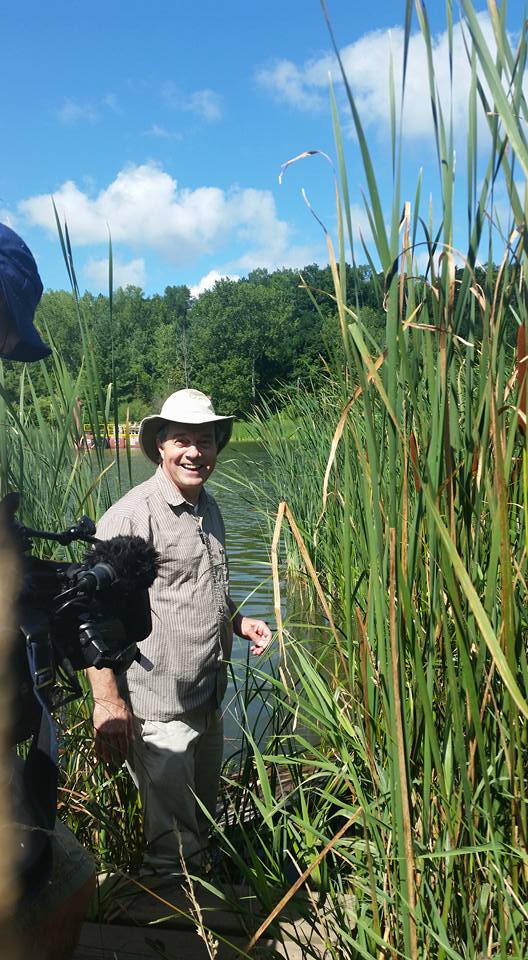One Cubic Foot has officially made it to the Genesee River! Photographer and environmentalist David Liittschwager and his team have been out on the river all week scouting the most biodiverse location for the one cubic foot frame and observing all the different species that move in and out of it in the equivalent of a 24-hour period. Soon, they will begin photographing and DNA bardcoding their findings and exhibiting the results.
We caught up with David right before his arrival in Rochester to learn more about how One Cubic Foot began and how it will adapt itself to the Genesee.


A: I am excited to collaborate with the Seneca Park Zoo Society to explore how much life we can find in one cubic foot of the Genesee River. I look forward to learning about the recovery of the river and appreciate the Zoo Society’s program that is making my participation possible.
The fact that the Zoo wants to make an exhibit and engage the community, continuing the project over time—that is just fantastic. It’s the first time that the project will be done in such a focused way in the community. Having the Zoo Society carry it forward is very exciting.
Q: Do you go into each new project with an idea of what you hope to find? What kind of research do you do leading up to placing the one cubic foot in a new habitat?
A: I just try to find the most diverse spot in the location. But environmental damage suppresses diversity. So we are going to try to find the most diverse spot along the river that we can.
Q: One Cubic Foot has both artistic and environmental goals. Did the project come about from your desire to create these unique photographs, and the scientific process followed, or vice versa?
A: My primary agenda is to show how beautiful the world is. That is born out of the fact that I don’t think I’m going to motivate anybody new by showing how damaged the world is. There is a place for pictures of damage—I spent 20 years photographing things on the endangered species list, so I’m quite familiar with the idea of damage. But the world is not used up. We’re in a position where we get to decide what we get to take with us into the future, and I think we will only take the things that we know exist and the things that we care about.
Q: So you’re conscious of presenting people with a positive image in order to inspire them to protect it?
A: I want to show people that nature is cool—to make it their idea that this thing is worth having. People don’t really like being preached at, and you can explain all of the intellectual reasons why we should conserve diversity, but some of them are pretty far out. If you explain to a young person that you don’t want to suppress diversity because it’s our storehouse for novel molecules that may be helpful for medications in the future, and at the same time this person sees the effects of climate change doing damage in a much shorter time period, they’ll be kind of indifferent—they’ll think, what about this other problem? We have a lot of problems, and you can get ground down thinking about all of them. But if the creature is cool and the place is their backyard, or someplace nearby that they can get to, then the view shifts to, “Well, while we’re trying to deal with all these other problems, let’s take care of what’s still here, still in our neighborhood.”
Q: How did you decide on the one cubic foot shape when you first began this project?
A: I started it because I wanted to show how much life occurs in a small place and in different small places. And in order for them to be comparable, I needed to use the same sample size. Since I work for National Geographic, I knew the experience of having the magazine open in your lap. Those measurements are 10 by 14 inches; round them out and that is about the size of the 12-inch cube. So I knew that what I wanted to show people could fit in that space—not literally, but emotionally. It was a manageable, personal sample size. It fits in your lap, you can put your arms around it. It’s on a human scale.


Q: What have you learned as your process has evolved over the years?
A: The original plan was to go to five different locations and finish the project in two weeks at each location, but I was never able to finish in only two weeks because as soon as you start looking carefully, there’s more and more and more. The first spot that I did, I stopped tracking things that were smaller than 2 millimeters—anything smaller than that I didn’t include. And the counts of the numbers of creatures that we thought existed in the cube over the course of a normal day were maybe 1,000. But the first time we put the cube in the water, there was all the plankton passing through, and the species count went up to 15 to 20,000 creatures per hour that were passing through. And then underneath the Golden Gate Bridge I found that if you go even smaller and include species like diatoms, the number escalates to 2.6 billion creatures—all of which you can see with the naked eye. So it turns out that the numbers get huge when you start to really look, especially when you’re in a habitat with a current.
The Genesee might have a current. We’re probably going to put the cube on a bank or a log—but we don’t know where we’ll find the best spot yet. So it’s going to be fun. It’s an adventure.
Q: What kinds of factors will determine exactly where you choose to place the one cubic foot frame?
Diversity, attractiveness, variety, accessibility, safety. And if I can avoid making too much of a mess.
Q: A kind of “leave no trace” approach?
A: I don’t think “leave no trace” is possible because a 170 pound mammal can’t do that—unless you only stay on the concrete path. That’s just the physicality of being a large animal. But I wouldn’t put the cube in a place where if we wanted to sift the soil it would create an instant erosion problem. I would choose a different spot. I choose spots where things will recover quickly, in short order and without a lot of trouble.


Q: Would you recommend a similar approach for budding citizen scientists?
A: I think it’s perfectly fine for a person, especially a child, to go out in the forest and turn over a log or two and see what cool critters are there. I think that is more worthwhile than not knowing that there are cool things under logs. It is much better to know that the world is a more interesting place.
Some people might have such a hands-off attitude that they would frown at somebody flipping a log to look at the creatures underneath. I think human beings have such power in the world, we can even change the atmosphere. And the only thing that’s going to make us not want to change things too much is if we care enough about the consequences. I think flipping a log and learning about what lives under there is one of the only ways to find out how fantastic the world is—and why we might not want to change it too much.
Q: Any other advice?
A: If you do flip a log in the forest, when you’re done, turn it back over carefully so that the next person can see something cool, too!
———————————————
Hear more about how everything went out on the river at the One Cubic Foot lecture at the George Eastman House on August 20, where David will be giving a lecture on his work documenting biodiversity around the world. Get tickets here.
And learn how to become a citizen scientist at our last two open late Tuesdays of the summer, August 18 and 25! As the project continues with exhibitions and events, you can find updated information here.
Photos by Pamela Reed Sanchez








